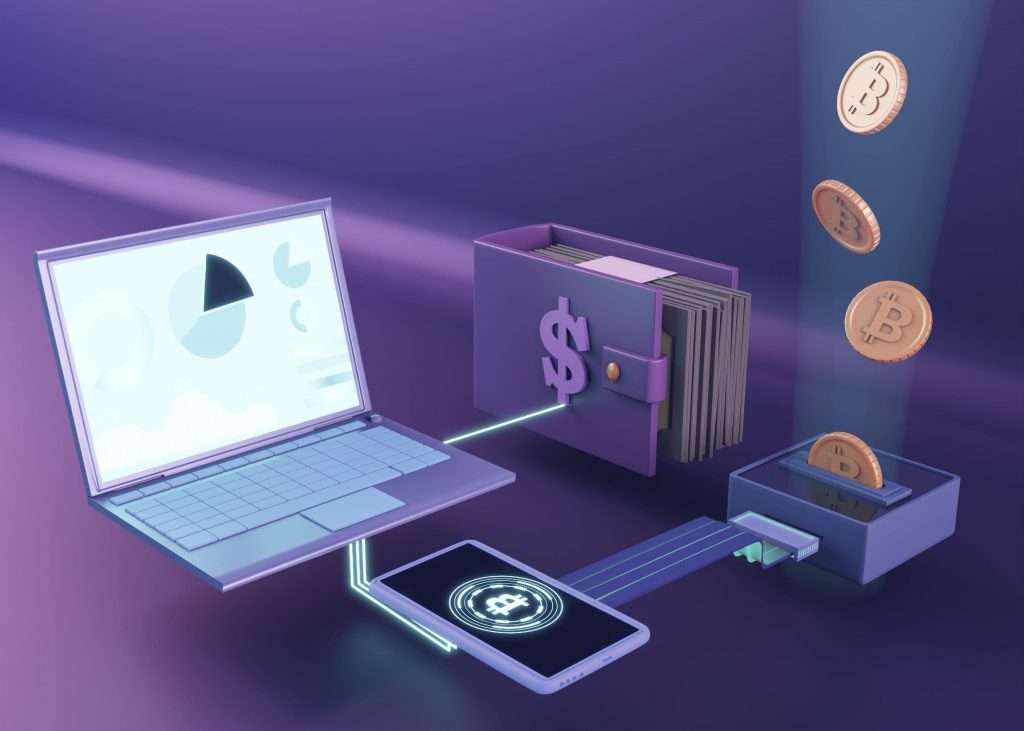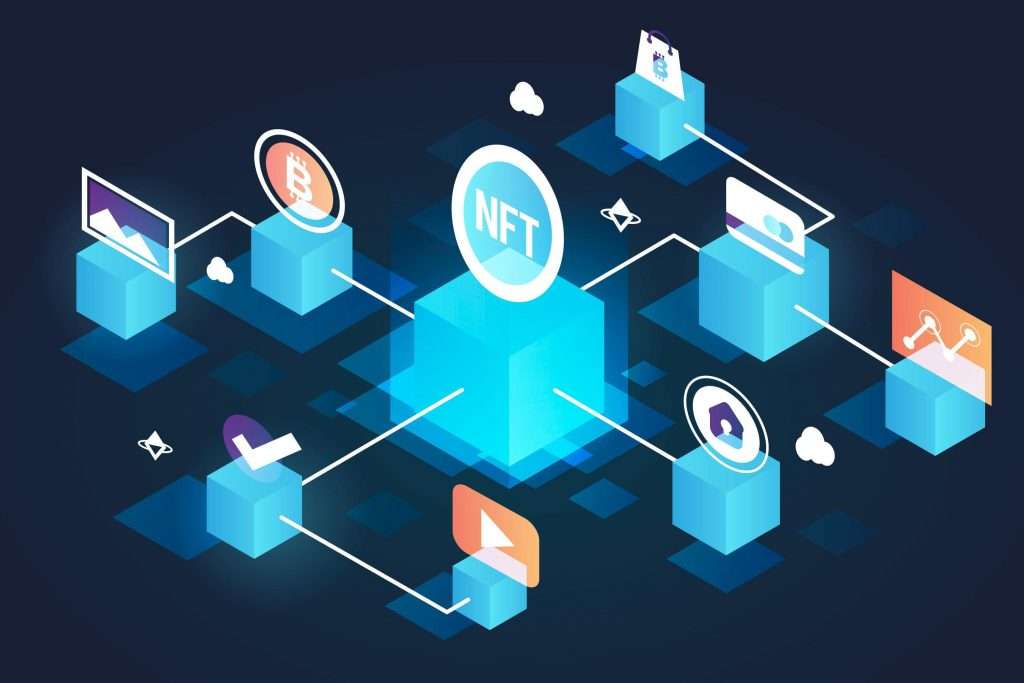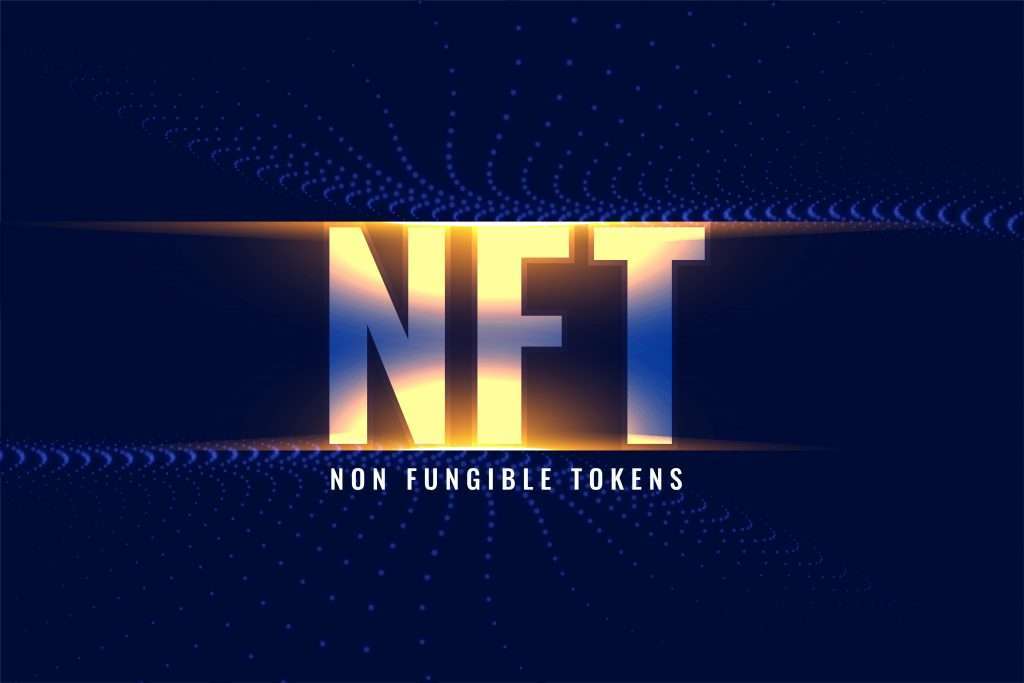The differences between cryptocurrency and NFT’s adoption for further growth lead to a loathsome of information; This is your place to find differences between these new adoptions and those that include the Blockchain development rarity. They are managed in a digital ledger and traded on the web. So, for instance, the purchaser gets a unique digital file rather than a genuine photo.

For example, a piece of advanced collectible characters, virtual land, or individual online media posts bought as an NFT art. Nonfungible means NFTs aren’t mutually compatible. Each NFT is unique, separating them from fungible tokens. Digital currency is nothing but the automatic form of the government issuing fiat money. Cryptocurrency development is a non-physical currency that a private system distributes.

NFTs are injunction to explicit qualities with certificates of genuineness. The digital assets cannot be in a trade or usurped because each NFT exists on a decentralized digital platform based on blockchain development technology.
CRYPTOCURRENCY
Cryptocurrency operates on blockchain technology that registers and stores data on all transactions made in a public log that can be accessible to anyone. Many cryptocurrency creations are decentralized networks based on blockchain technology—a distributed ledger enforced by a disparate network of computers. In addition, various encryption algorithms and other cryptographic techniques have usually involvement in any cryptocurrency you care to look at that safeguards the networks from outside manipulation. Most experts agree that the blockchain that underpins it will revolutionize many industries and have significant implications for many aspects of our lives. For example, blockchain can track supply chains, process online voting, log real estate transactions, crowdfunding, manage legal contracts, secure medical information, etc. Unlike digital currency, it is in protection by strong encryption.

NON-FUNGIBLE TOKEN (NFTs)
NFTs are not interchangeable and different from cryptocurrencies, which are fungible tokens. 4 quarters, ten dimes, and a dollar note are all worth 1 US Dollar, no matter how you cut them up. Currency is fungible because it doesn’t matter which dime you have; it’s worth a dime, and nothing is inherently more valuable in one dime than another. It is massively significant. From this perspective, physical fiat currency is the complete opposite.
A pound is always a pound. A dollar is a dollar, and so forth. Each NFT development has its identification code and metadata that allows it to find uniquely from all other NFTs and enables its owner to be on track, efficiently, and traced. Being the utmost help, they can also be, of course, unique digital artworks. The main criteria are that they are unique. “Tokenizing” these intangible assets allow them to be bought, sold, and traded more efficiently; while reducing the risk of fraud. NFTs, or the blockchain system that underpins it, could even be used to verify life experiences like being at a crucial sports game, music gig, landmark, etc.

DIFFERENCES AMONGST NFTs & CRYPTOCURRENCY
NFTs and cryptocurrencies share some resemblances and a few crucial differences. The main is that cryptocurrencies are, by their very nature, fungible. That’s what that intends; inside specific cryptographic money, they don’t make any difference which crypto token you have; it has a similar worth as the following one, 1 $ETH = 1 $ETH. On the other hand, NFTs are non-fungible, and they have a value that goes far past financial aspects.
NFTs, as their name recommends, are not. One Bitcoin approaches another Bitcoin. However, one NFT doesn’t rise to another NFT. Each is unmistakable, special, and esteemed, contrastingly relying upon their apparent worth and request. What’s more, that is all there is to it. Be that as it may, cautioned, the concise clarification above misrepresents the meaning of this idea. Like Bitcoin or Ethereum, but that’s where the similarity ends.

Physical money and cryptocurrencies are “fungible,” meaning they can be traded or exchanged for one another. They’re also equal in value—one pound is always worth another pound; one Bitcoin is always similar to another Bitcoin. Crypto’s fungibility makes it a trusted means of conducting transactions on the blockchain. Cryptocurrency and NFTs are decentralized; some communities regulates them. Unlike Cryptocurrency and NFTs are accessible through a digital public record making all transactions transparent, information based on transactions and all money transfers are confidential.
An NFT professional writes, “Crypto will radically alter finance, value, organization, governance, the internet, money, etc. But it’s non-fungible tokens (NFTs) that will radically alter human society and culture.” For example, NFTs can include collectibles like ticket stubs from concerts, virtual natural lands like the Bronx ZOO built in the metaverse platform CryptoVoxels, or ownership of digital pets.

Thought mentors suggest that NFTs could form the basis for virtual states, where every NFT frame has an equal voice in governance. In contrast, social media platforms today work as dictatorships, with a small number of people able to eject members on a whim. So will NFTs offer something that could offer back influence and, all the more critically, cash to individuals, or would they say they are simply one more air pocket that will ultimately explode? The reality of the situation will come out eventually.

Furthermore, that is your part for now. We trust, most really, that you, as of now, have a prevalent handle of what computerized types of cash and NFTs are and, we trust, appreciate the hole between them!



